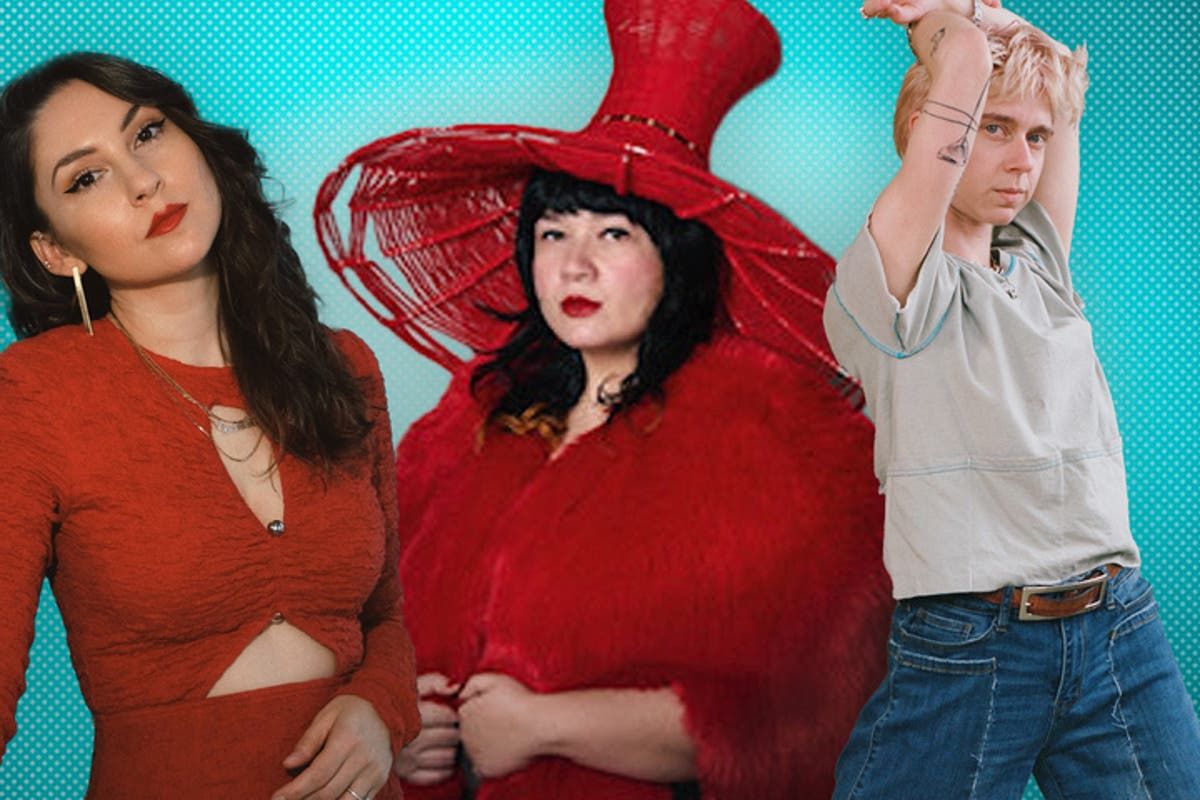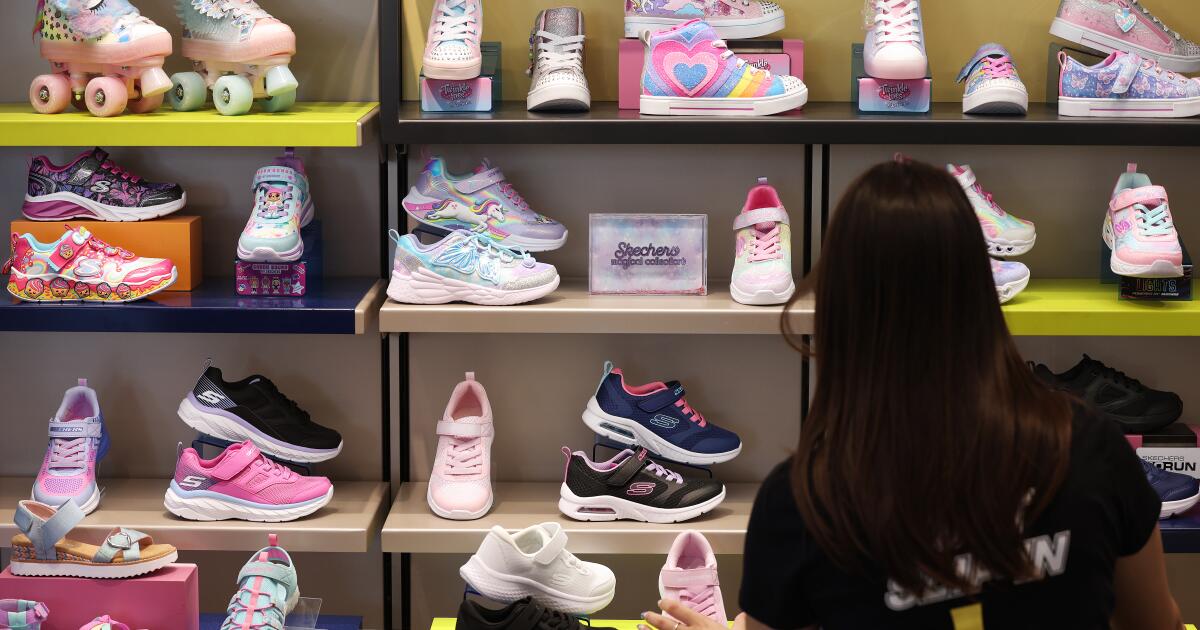“Your individual style is what shows your identity,” Ivanka De Koning, a famous queer women's fashion influencer, told us when asked if individuality can be manifested through fashion. For her, that's how it was. “As my identity evolved, so did my style.”
De Koning was 26 when she came out as queer, which would make her what she would call a “late bloomer.” She was born in Heerlen, Netherlands, but she traveled around the world for most of her childhood due to her father's military career, before landing in New York City. Manhattan quickly became her home, a welcoming space free of judgment and expectations.
Since starting a fashion blog in 2016, she has amassed over 422,000 followers on Instagram and 60,000 on TikTok, leading two massive audiences as a figure of inspiration. People watch her, a luxury fashion creator within the LGBTQ+ community, on her journeys to find the same comfort and self-confidence that she so clearly radiates.
On her page, the 36-year-old creator balances a palette of sophisticated brands like Prada, Dior and Sandro with the playfulness of JW Anderson. De Koning dazzles in the center, decorated with a mix of feminine fashion codes and masculine touches, even making his own the classic black tie with a patent leather skirt. As a whole, his style is refined. Her dark undertones and light touches of vitality materialize in her a surprising self-awareness that captivates her fans. But although her confidence seems natural, it took her a while to find the appearance that eventually reflected her true character.
“I've experienced every stage of the style and tried them all,” he said. “I learned more about myself, what I like, what I hate and what makes me feel safe. When I first came out, I was very confused about how to dress or 'fit in'. However, as I became more confident and comfortable with my identity, I began to develop my own unique style.”
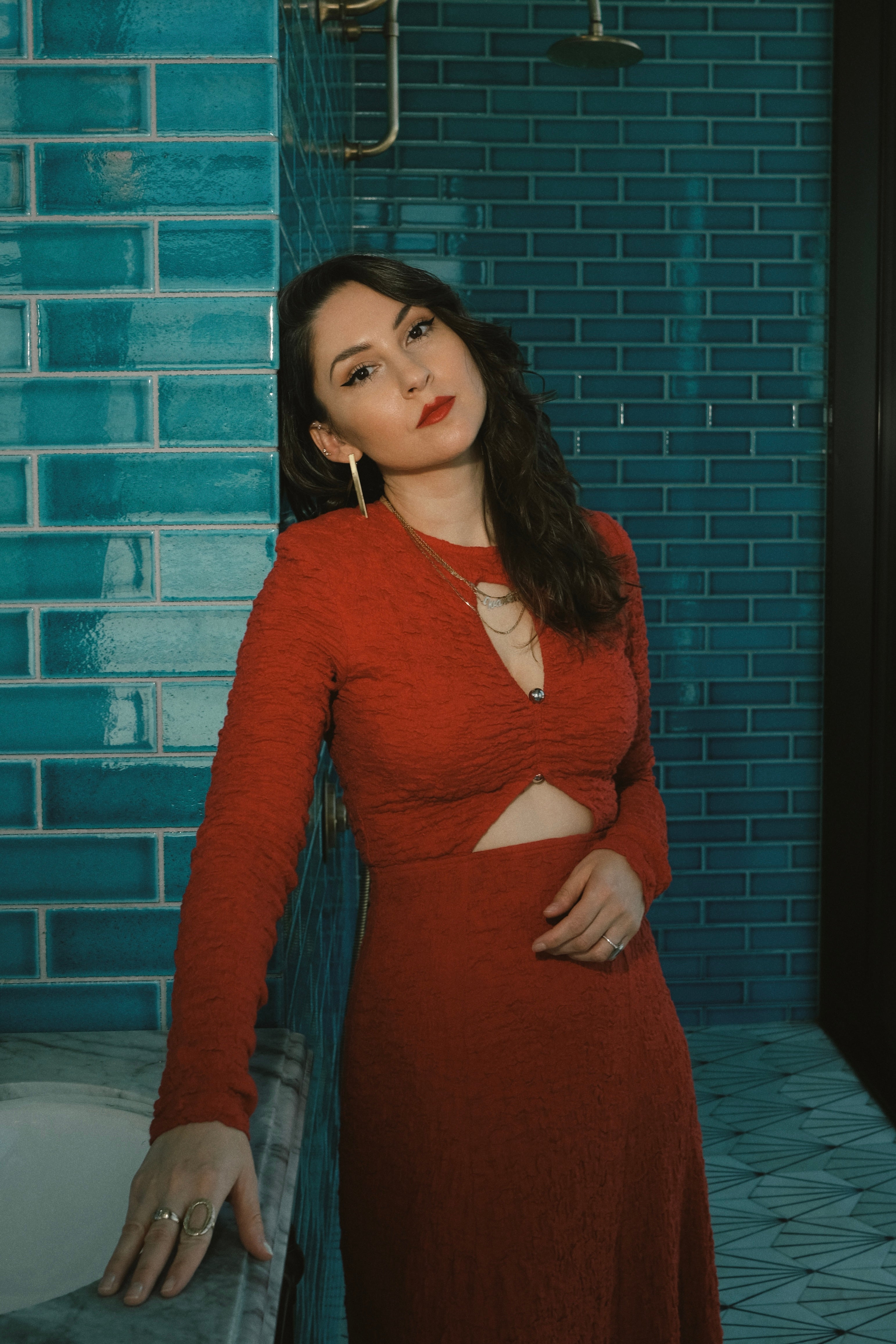
For many members of the LGBTQ+ community, fashion allows them to update their identity before knowing how to define or talk about it.
MI Leggett, the creator of Official Rebrand, who identifies as non-binary and trans masc, agreed that fashion is a window to self-discovery, shaping the different silhouettes of our personas as we experiment with clothing styles to find what that fits our vision of and for ourselves. And sometimes our style remains undefined: an echo of who we are.
“I always found myself expressing myself through clothing and art and being able to update myself with material,” MI told us. “Like my inside had turned outward because I didn't really relate to the outside in certain ways.”
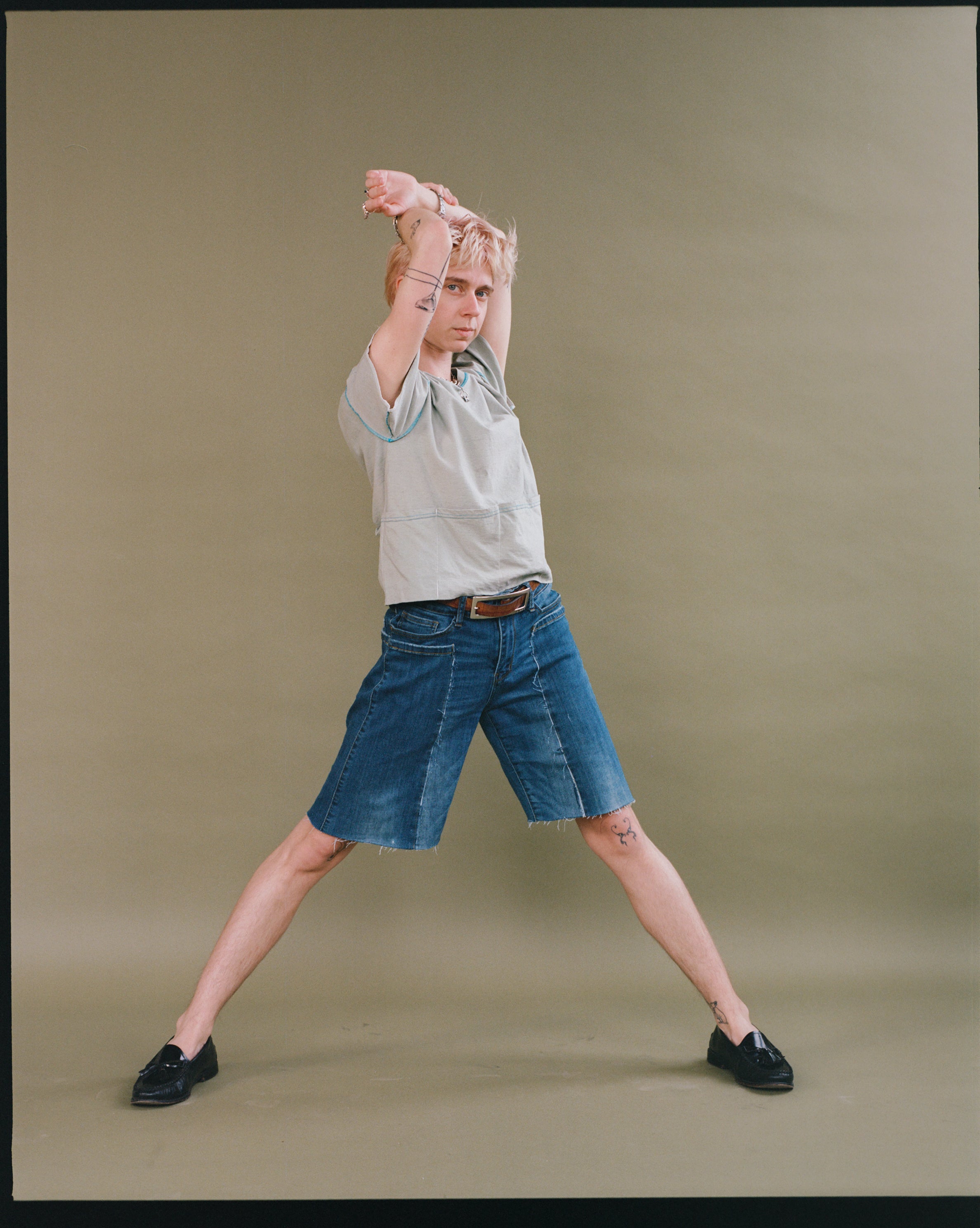
MI's gender and sexuality are fluid. Although they identify as trans masc and take testosterone, they come across the spectrum. “I identify across the spectrum, constantly changing depending on the day. My intention is for it to be illegible,” the artist noted, before adding how that fluidity existed in his style since they were younger.
It wasn't until MI was a teenager that they discovered that identifying as non-binary was an option. They had always felt uncomfortable with the mandatory gender binary, feeling that they could not define themselves under such strict identifications. At that time, when appropriate language was not available, MI turned to clothing and art to theorize visually.

Growing up, MI would dress in more feminine codes, becoming “a caricature of hyperfemininity.” But MI would also juxtapose these looks with more masculine ones. They said her style was heavily skewed one way or another, a product of the strict gender norms they had been forced to follow. Since then, MI has found influence across the board.
Launching Official Rebrand in 2017, MI sought to create a collection suitable for every day and for anyone who delights in gay fetish culture and queer nightlife. From imaginative cuts on collared shirts to vintage work jackets with painted outlines of rabbit figures, each design prioritizes utility, function and conservation, while offering a fun, playful twist to solid foundations.
Sustainability is also a primary motivator for Official Rebrand. In their eyes, as much as it benefits the environment, reviving and reusing discarded clothing mimics an important feeling of self-expression: making something fit who you are instead of fitting into something you're not.
“You can create something to express yourself just for yourself and if you don't necessarily identify with your body or with these sanctified, pre-packaged consumer identities that we're constantly swallowed up, you can invent with ready-made clothes, changing them.” to make it personal to you,” MI explained. “It's actually more about how you use it than what you use.”
“We all have different forms of personal style. However, what makes your personal style special is that it is 100 percent yours,” De Koning added. “When you feel good about your style, you own it and it shows. That confidence will bring out the best in you and your authentic self.”
Gender fluidity can often be summed up through androgynous clothing, composed of simple but timeless foundations that do not conform. Other times, prismatic patterns and bright hues demonstrate gender fluidity in fashion, something Jacqueline Loekito's eponymous brand executes brilliantly.
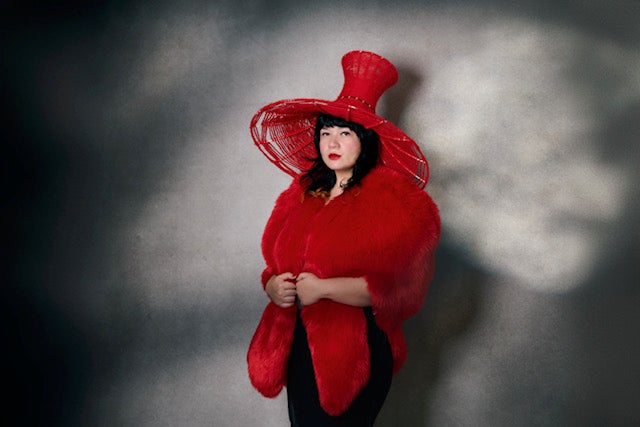
Loekito identifies as an “earthling woman” and says her sexual orientation is “masculine femininity.” Her consolation is the queer family she chose, but she was born in Jakarta to an Indonesian father and a British mother. Indonesia, an archipelagic country made up of more than 17,000 islands, exposed the ingenious designer to a wide range of people of different religions, races, cultures and genders at a young age. It was here that she developed an unparalleled appreciation and love for the differences between people before finding strength in making clothing that bridged gender divisions.
When Loekito finally moved to London to study fashion, she quickly realized that her signature design style was “gender fluid.” “When I design I don't think about gender, that's why anyone can use it. “I think designing for a specific genre is very limiting,” the creative explained.
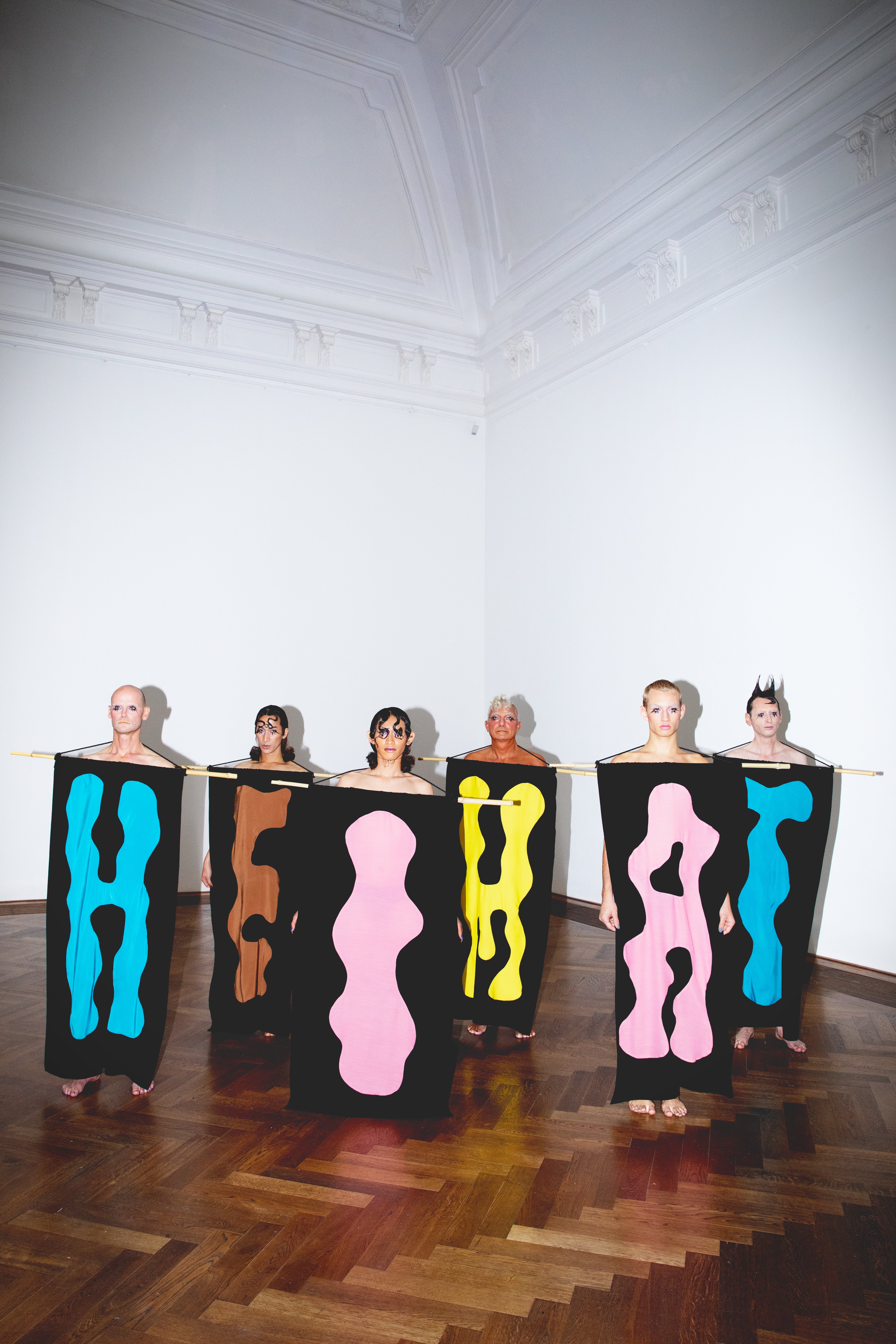
Designing dynamic pieces with inventive shapes and lively embellishments for those who inspire her, and for herself and many others, is a celebration of diversity in more than just a material form. “When you are free from any norms of society, you are honest and that is reflected in how you dress and how you treat people,” Loekito proclaimed. “Be free and let go of any burden. “Life is too short to hold on to something that is not important.”
De Koning candidly commented: “I have never been more aware of my identity. I am a queer woman and every creative aspect of my career and life constitutes my identity. From putting together an outfit or coming up with a creative photoshoot, everything is driven by my identity as a queer woman.”
To all his followers, to anyone discovering their identity and anyone trying to live their life authentically, he says: “Follow what excites you. Say yes. “I wouldn’t be where I am today if I didn’t allow myself to explore and listen to my intuition.”
MI’s advice is simple and concise: “Take the agency.”

